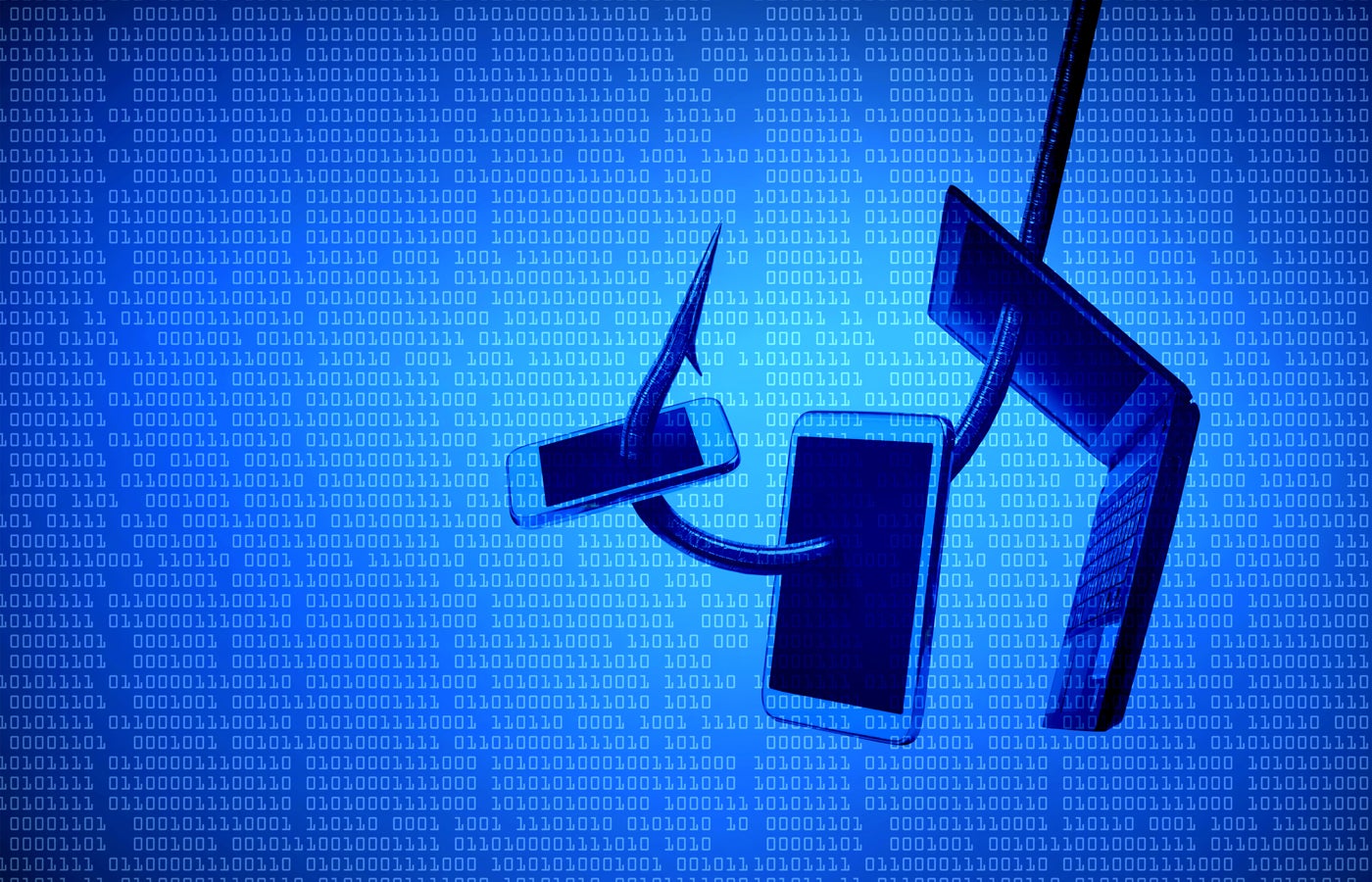I am writing this text to tell you a new and very important security issue that has recently been discovered. Hackers have discovered a new way of getting into Microsoft Sway, a popular program for making presentations and newsletters to conduct their phony QR code phishing campaigns. The development of this nature points to cybersecurity and the threat of constant vigilance in our web interactions as a continually changing landscape.
Microsoft Sway, which has become well-known for its simple interface and close integration with other Microsoft 365 services, is unexpectedly one of the venues for those kinds of phishing attempts. The hackers are creating Sway presentations that look legit but inside them contain the bad QR codes. When these QR codes are scanned, the links direct the user to online platforms that are used to steal information.
This is usually done in the following way:
-
- The attackers make a Sway presentation that is professional and looks authentic.
-
- They hide the QR codes in the slide show, often as a part of offering extra information or resources.
-
- People receive the links to the Sway presentations through email or any other means of communication.
-
- When the users scan the QR codes, fake pages that look like authentic log-in pages appear on the websites.
-
- People, not knowing the real thing, may willingly or instinctively key in their credentials, so they are easily tracked down by the hackers.
This technique becomes an object for trepidation due to the following reasons:
-
- Microsoft Sway is a platform that is trusted on the internet which even gives credibility to the attackers’ phishing messages.
-
- The use of QR codes in the attacks has added layer of obfuscation which makes it difficult for users to identify the real destination of the links.
-
- People have been accustomed to scanning QR codes irrespective of what they do to the people around them, particularly among faculties.
-
- The attack exploits the increasing use of QR codes in our daily lives and the familiarity with the technology of the users.
In the case of these kinds of attacks, the best way is to do the following recommendations to avoid the attacks:
-
- Be careful scanning QR codes, especially from not familiar sources.
a
-
- Verify the identity of the sender who is sending a Sway presentation or other Microsoft 365 content.
-
- Hover over links to see where they will go before clicking on them even if they come from trusted platforms.
-
- Use multi-factor authentication for all accounts to make it more secure.
-
- Teach employees about the use of the unknown phishing method and strengthen the general cybersecurity practices.
The company knows about this issue and wants to make extra safety measures to overcome the exploiting of Sway and misuse. However, it is not only enough to rely on the defense of the platforms, the caution and diligence of the users are also indispensable!
This new sophisticated phishing attack using Microsoft Sway is yet another clear sign that each day the cybercriminals come up with the latest means to abuse trusty platforms and related technologies. Elucidated and practiced good cybersecurity habits will protect us better along with our organizations from these perennials.
FAQs: Threat Actors Exploiting Microsoft Sway for QR Code Phishing Campaigns
Q1: What is Microsoft Sway?
Microsoft Sway is a presentation software application which is part of the Microsoft Office suite. It enables users to develop and share interactive reports, presentations, and newsletters.
Q2: How are threat actors exploiting Microsoft Sway?
The attackers now treat the production of Sway presentations that contain an authentic look with QR codes of the malware they desire to achieve. Based on the findings of the research, the QR codes are then scanned to phishing sites and asked to enter sensitive information by the attackers.
Q3: Why is this method of attack particularly concerning?
This method is far more dangerous due to the fact that it deceives of using the meeting-cantered technologies (Microsoft Sway) that people believe. Besides, the QR codes this attack uses are the ones that many users are used to scanning without thinking much.
Q4: How does the QR code phishing attack work?
The malicious QR codes are commonly discovered in Sway presentations, spreading links to those presentations, and cheating the users into scanning the codes, which then send them to the false login pages.
Q5: What types of information are the attackers trying to steal?
Attackers are majorly focused on login details, the ones that include usernames and passwords for various accounts in some instances, which might be company or even personal email, financial accounts, or some other sensitive platforms.
Q6: How can I protect myself from these phishing attacks?
Be watchful about scanning QR codes, verify the senders of Sway presentations, mouse over the links before clicking, use multi-factor authentication, and keep yourself updated on the new forms of phishing scams.
Q7: Is Microsoft aware of this issue?
Yes, Microsoft knows about the exposure of Sway to phishing activity and is taking measures to set up additional security to prevent such exploitation.
Q8: Can antivirus software protect against these attacks?
Antivirus can be of help, but it might not also be able to capture all cases of this kind of attack. The user’s vigilance and understanding of security threats are the main points when preventing phishing from being successful.
Q9: Are only corporate users at risk, or are individual users also targeted?
Both are at risk: the corporation and the individuals. Intruders might be anyone who uses Microsoft services or has a possibility of coming across and dealing with Sway presentations.
Q10: What should I do if I suspect I’ve fallen victim to this type of attack?
If you feel it is the case you immediately should change your passwords, even if the multi-factor authentication is already active, enable it and report it to your IT department or Microsoft support.

